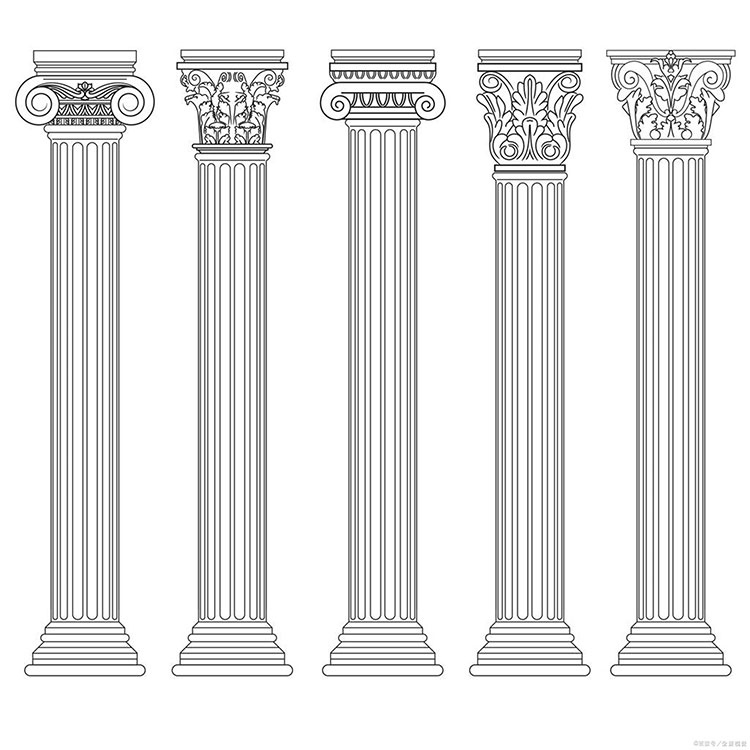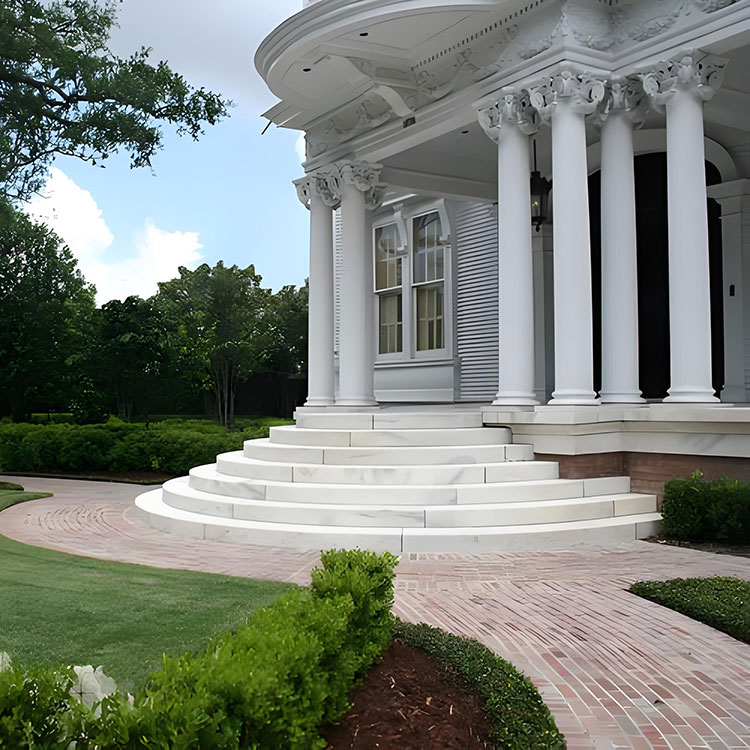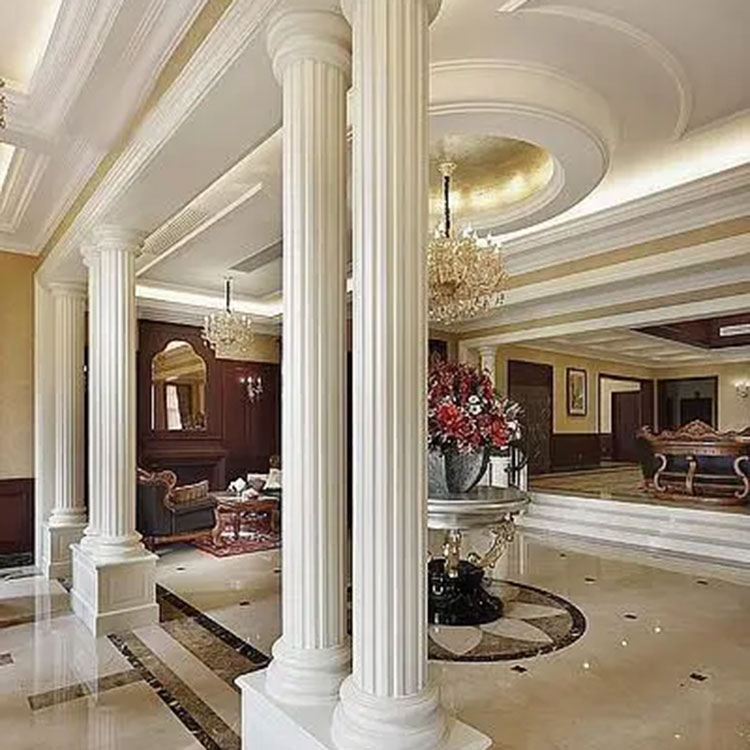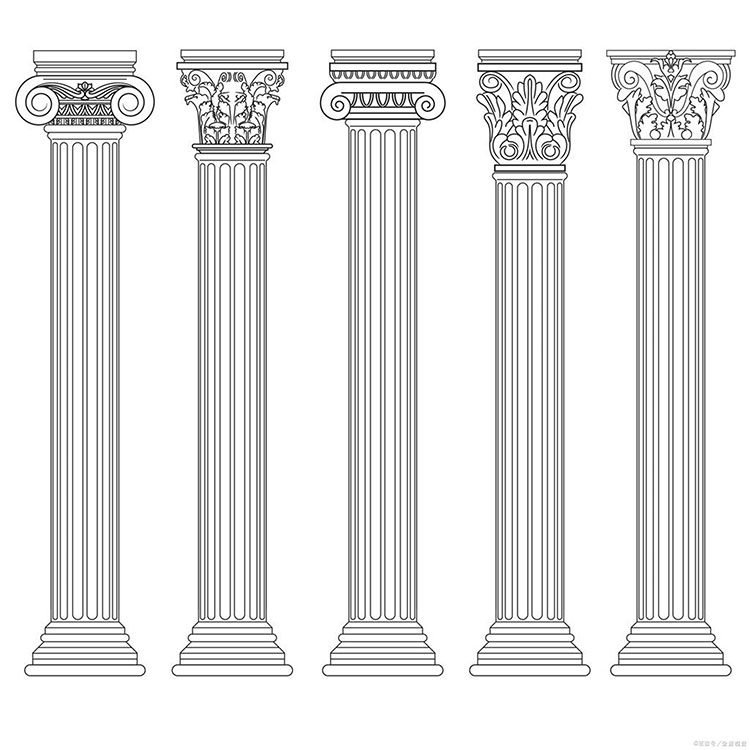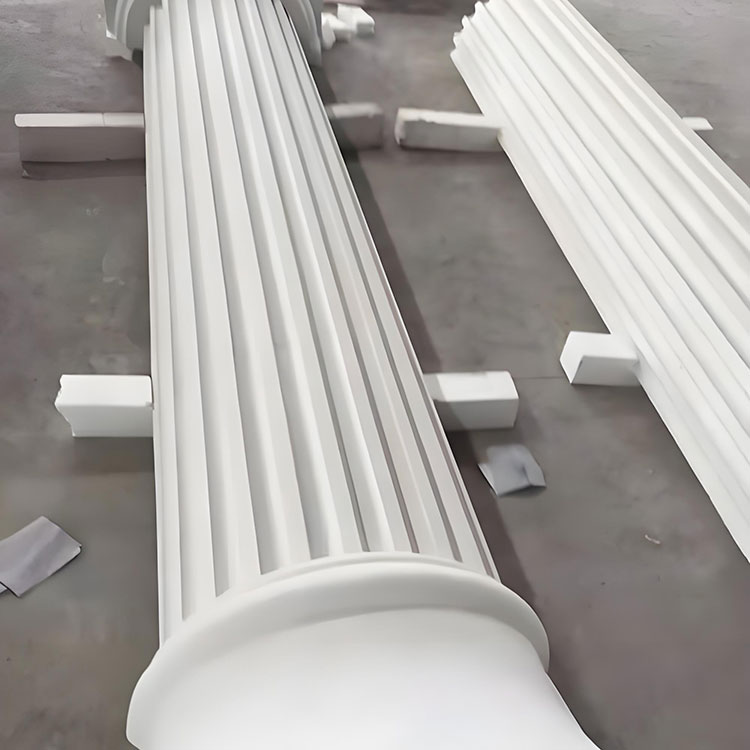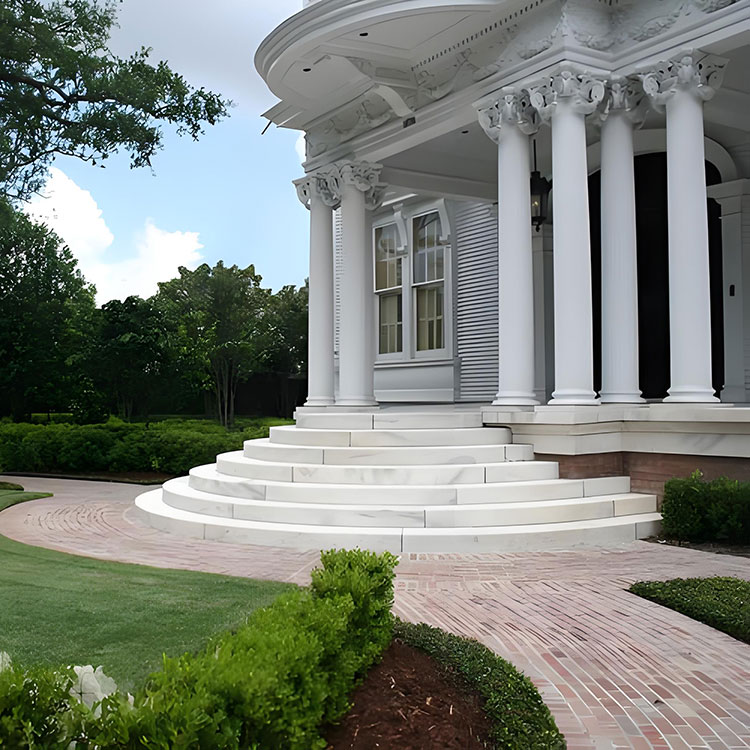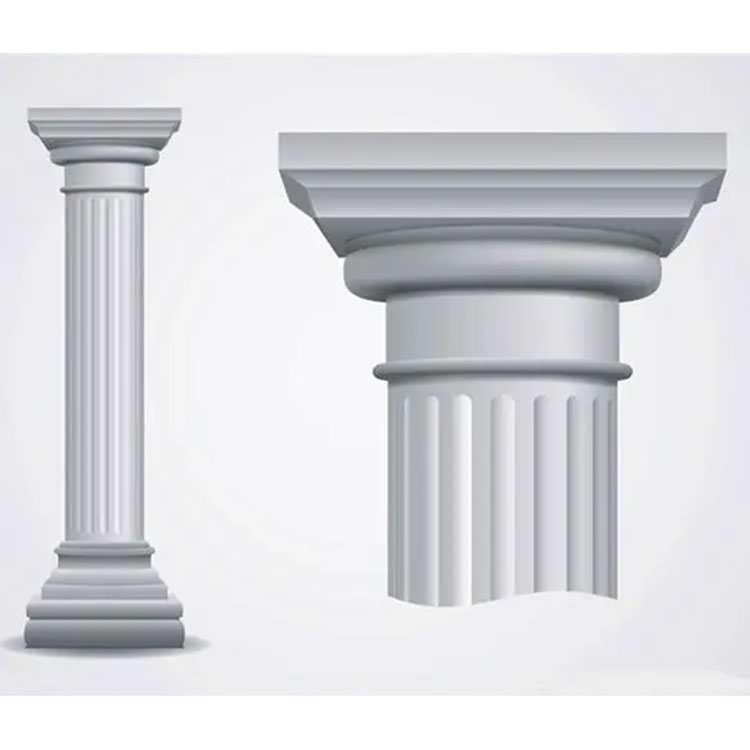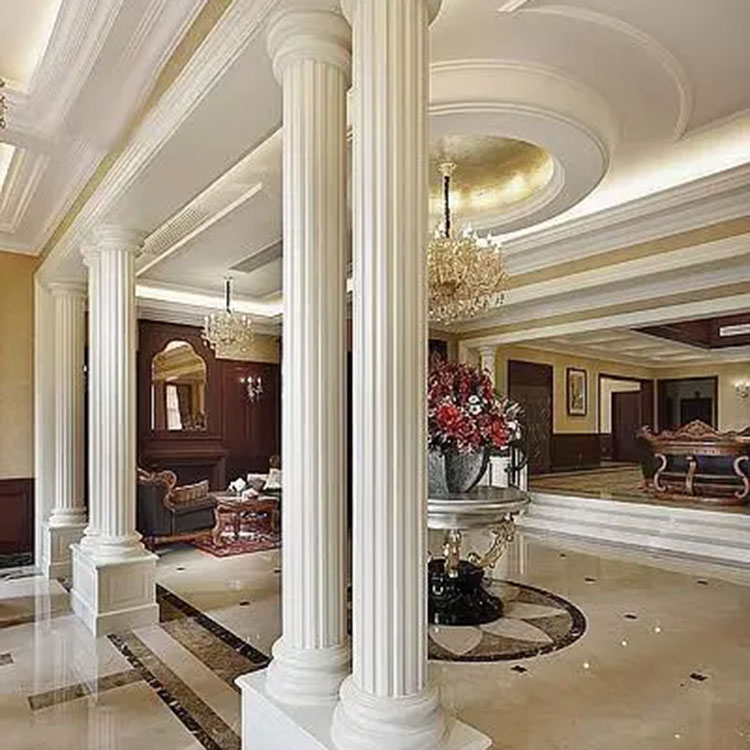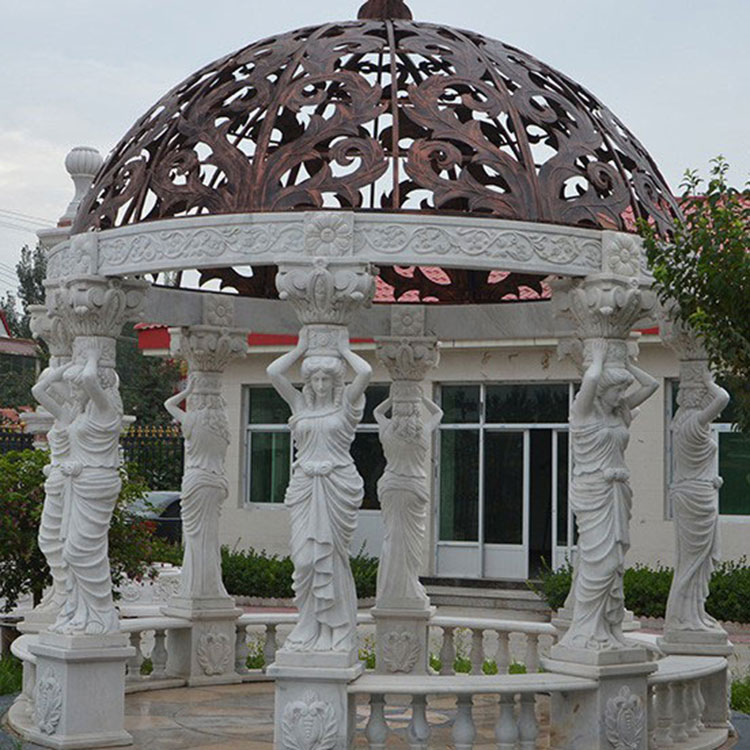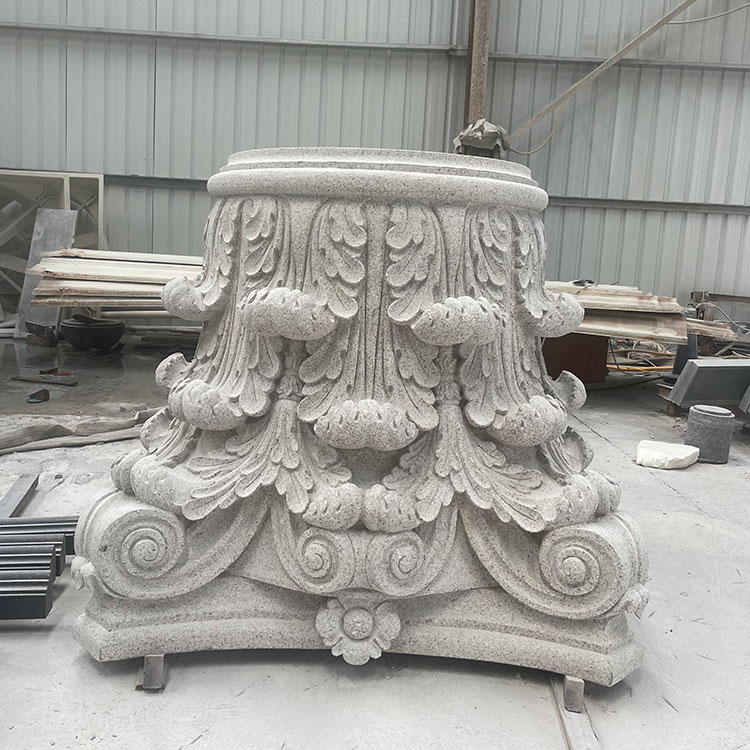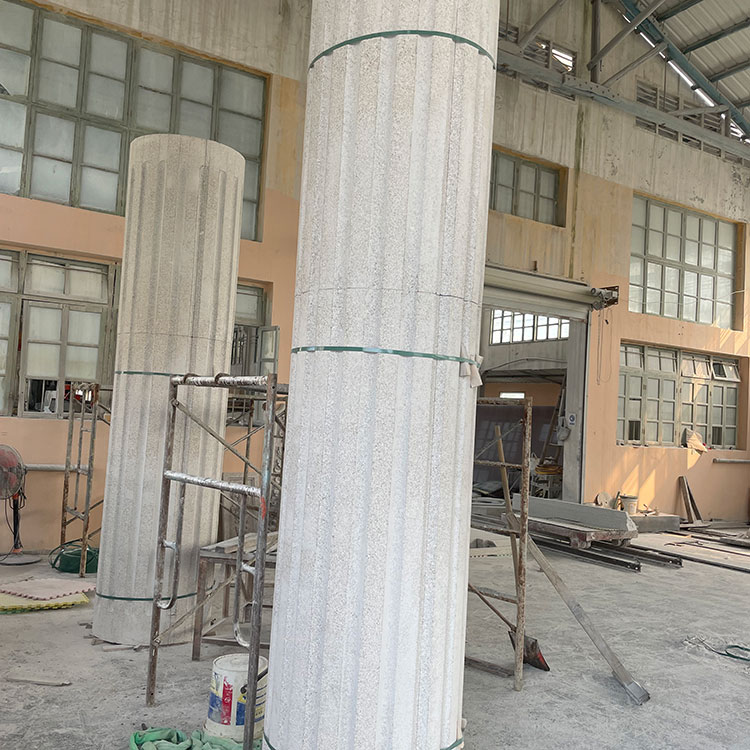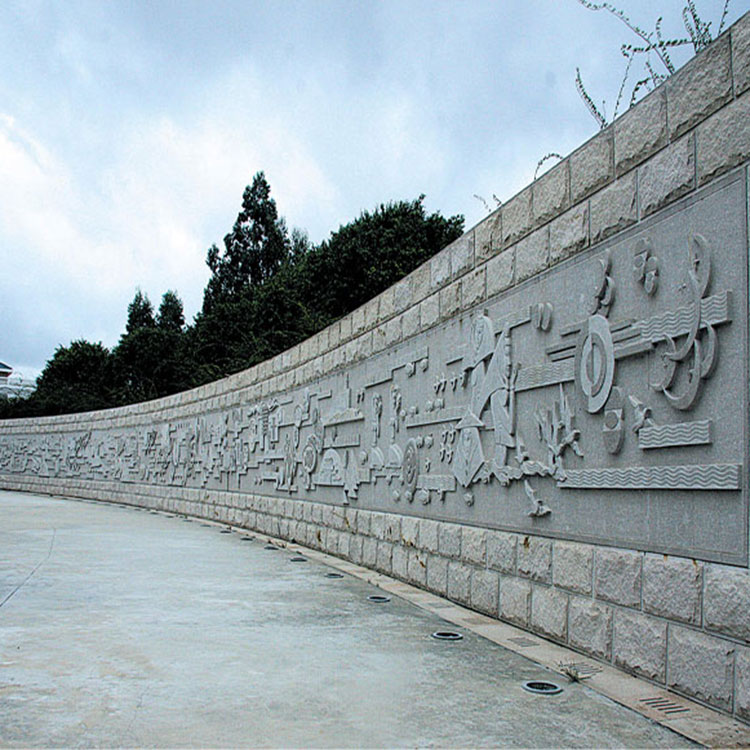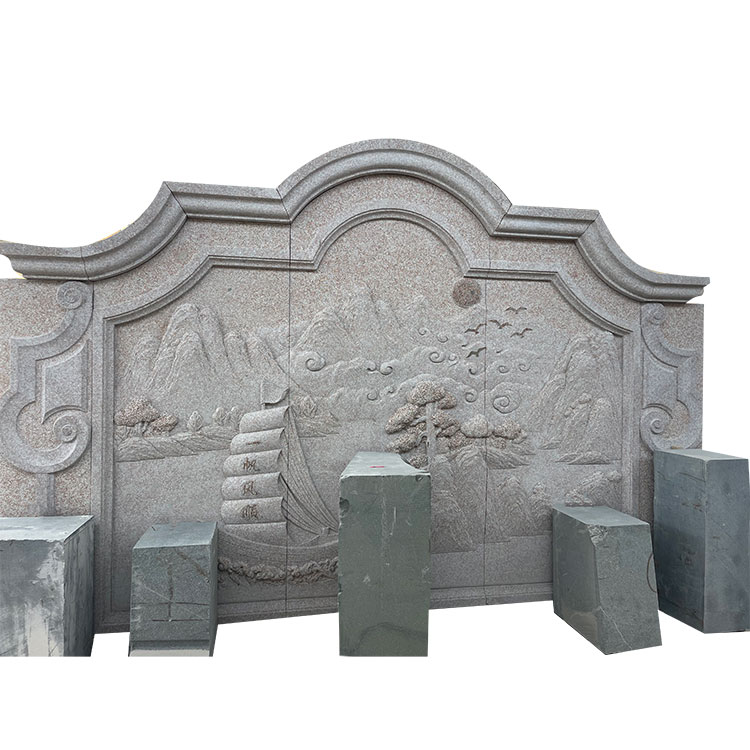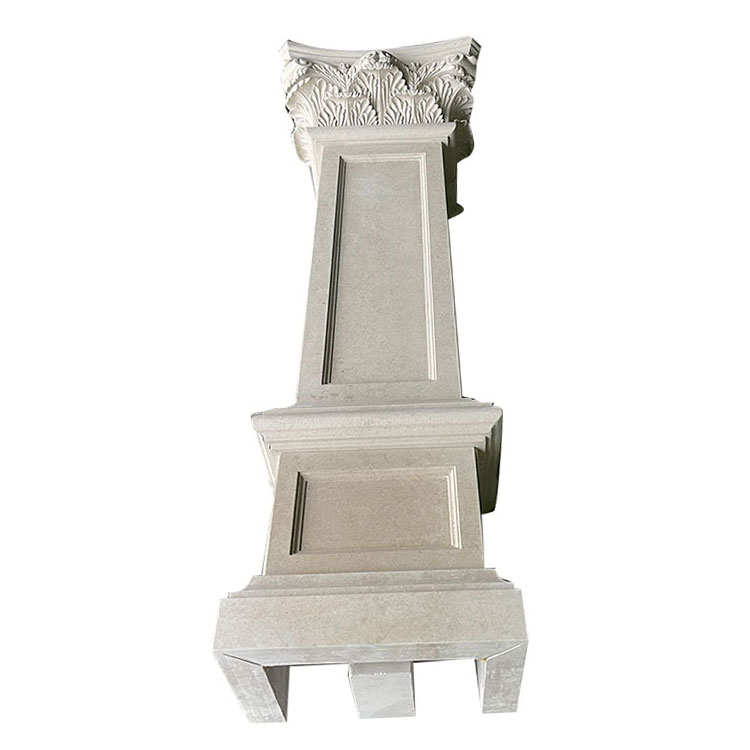
- English
- Español
- Português
- русский
- Français
- 日本語
- Deutsch
- tiếng Việt
- Italiano
- Nederlands
- ภาษาไทย
- Polski
- 한국어
- Svenska
- magyar
- Malay
- বাংলা ভাষার
- Dansk
- Suomi
- हिन्दी
- Pilipino
- Türkçe
- Gaeilge
- العربية
- Indonesia
- Norsk
- تمل
- český
- ελληνικά
- український
- Javanese
- فارسی
- தமிழ்
- తెలుగు
- नेपाली
- Burmese
- български
- ລາວ
- Latine
- Қазақша
- Euskal
- Azərbaycan
- Slovenský jazyk
- Македонски
- Lietuvos
- Eesti Keel
- Română
- Slovenski
- मराठी
- Srpski језик
Carving Roman Column
Send Inquiry
Carving Roman Column
Carving Roman columns is a timeless art that has been passed down for centuries. The art of column carving originated in ancient Rome and continued to develop over time. A Roman column is a structural element often used to support the weight of a building or part of a building. In addition to their functional use, Roman columns are also a decorative element that can be carved with intricate designs and patterns.
To carve a Roman column, a skilled craftsman first starts with a piece of stone or marble. The block is usually shaped into a cylinder and serves as the base of the column. Next, craftsmen will use a series of tools to carve out the intricate details of the columns.
One of the key components of a Roman column is the capital, which is the top of the column. Capitals were often decorated with ornate designs, including intricate scrolls, acanthus leaves, and other decorative elements. Craftsmen will use chisels and other carving tools to painstakingly create these patterns.
Another important element of the Roman column is the axis, which is the main body of the column. Shafts are usually smooth and rounded, but can also be decorated with flutes, which are vertical grooves that run along the length of the column.
The base of a Roman column is also an important element and can be decorated with various designs and patterns. This is usually done using carving tools, which allow craftsmen to create intricate designs and details. Carving Roman columns is a time-consuming and complex process that requires considerable skill and expertise. However, the end result is a beautiful and functional piece of art that can be used to decorate any building or space.
